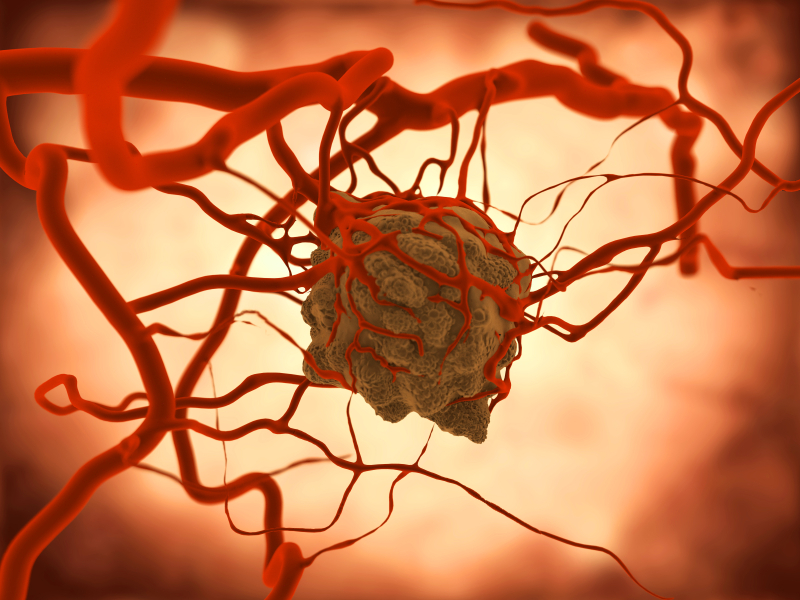| Cancer is the second leading cause of death in the industrialized countries, and the side effects accompanied by the anticancer drugs is a serious concern affecting the quality of life of many patients. Anticancer drugs show significant toxicity by non-selectively killing both the cancerous and normal cells. Dietary interventions (such as polyunsaturated fatty acids supplementation) has been documented to help reduce some of the side effects and also enhance the efficacy of the drugs via improving the fluidity of the cell membrane. The anti-abnormal cells activity of PUFAs, particularly with GLA, has been linked with a variety of critical diseases of breast, pancreas, colon and brain etc. 2,3,6,9 |
 |
GLA and Critical Diseases
In preclinical studies, GLA has been demonstrated to exert the following anti-abnormal cells actions:
- Suppresses metastasis of abnormal cells7
- Inhibits angiogenesis in abnormal cells7
- Stimulates apoptosis (cell death)2
- Selectively kills abnomal cells1
Interaction between GLA and other anticancer drugs
GLA is not only cytotoxic to abnormal cells as a single agent, but also it can work synergistically with a variety of chemo-drugs like paclitaxel5, vinorelbine8, doxorubicin4, mitoxantrone and idarubicin10, 5-fluorouracil, and germcitabine6. More notably, a clinical trial in breast abnormal disease patients has confirmed that GLA, when given in combination with tamoxifen, improves the efficacy of the drug, reduces the side effects and shortens the response time to therapy3. This further suggests that GLA can be co-administered with medicine and work as adjuvant in the treatment of critical diseases.
References
- Undurti N. From bench to the clinic: γ-linolenic acid therapy of human gliomas. Prostaglandins, leukotrienes and essential fatty acids. 2004: 70, 539-552.
- Mainou-Fowler T et al. Gamma-linolenic acid induces apoptosis in B-chronic lymphocytic leukaemia cells in vitro. Leuk Lymphoma. 2001 Jan;40(3-4):393-403.
- Frances S. KENNY et al. Int. J. Cancer. 2000: 85, 643–648.
- J.A. Plumb et al. Effect of polyunsaturated fatty acids on the drug sensitivity of human tumor cell lines resistant to either cisplatin or doxorubicin. Br. J. Cancer 1993; 67, 728-733.
- J.A. Menendez et al. Effects of gamma-linolenic acid and oleic acid on paclitaxel cytotoxicity in human breast cancer cells. European Journal of Cancer. 2001: 37, 402-413.
- P.A. Whitehouse et al. Pancreatology. 2003: 3, 367-374.
- J. Cai et al. Inhibition of angiogenic factor- and tumor-induced angiogenesis by gamma linolenic acid. Prostaglandins, leukotrienes and essential fatty acids.1999: 60, 21-29.
- Javier Abel Menendez et al. 2002: 72, 203-219.
- WG Jiang et al. Inhibition of hepatocyte growth factor-induced motility and in vitro invasion of human colon cancer cells by gamma-linolenic acid. British Journal of Cancer. 1995: 71, 744-752.
- C.L. Davies et al. Effect of γ-linolenic acid on cellular uptake of structurally related anthracyclines in human drug sensitive and multidrug resistant bladder and breast cancer cell lines. European Journal of Cancer. 1999: 35, 1534-1540.

